All Safari Destinations
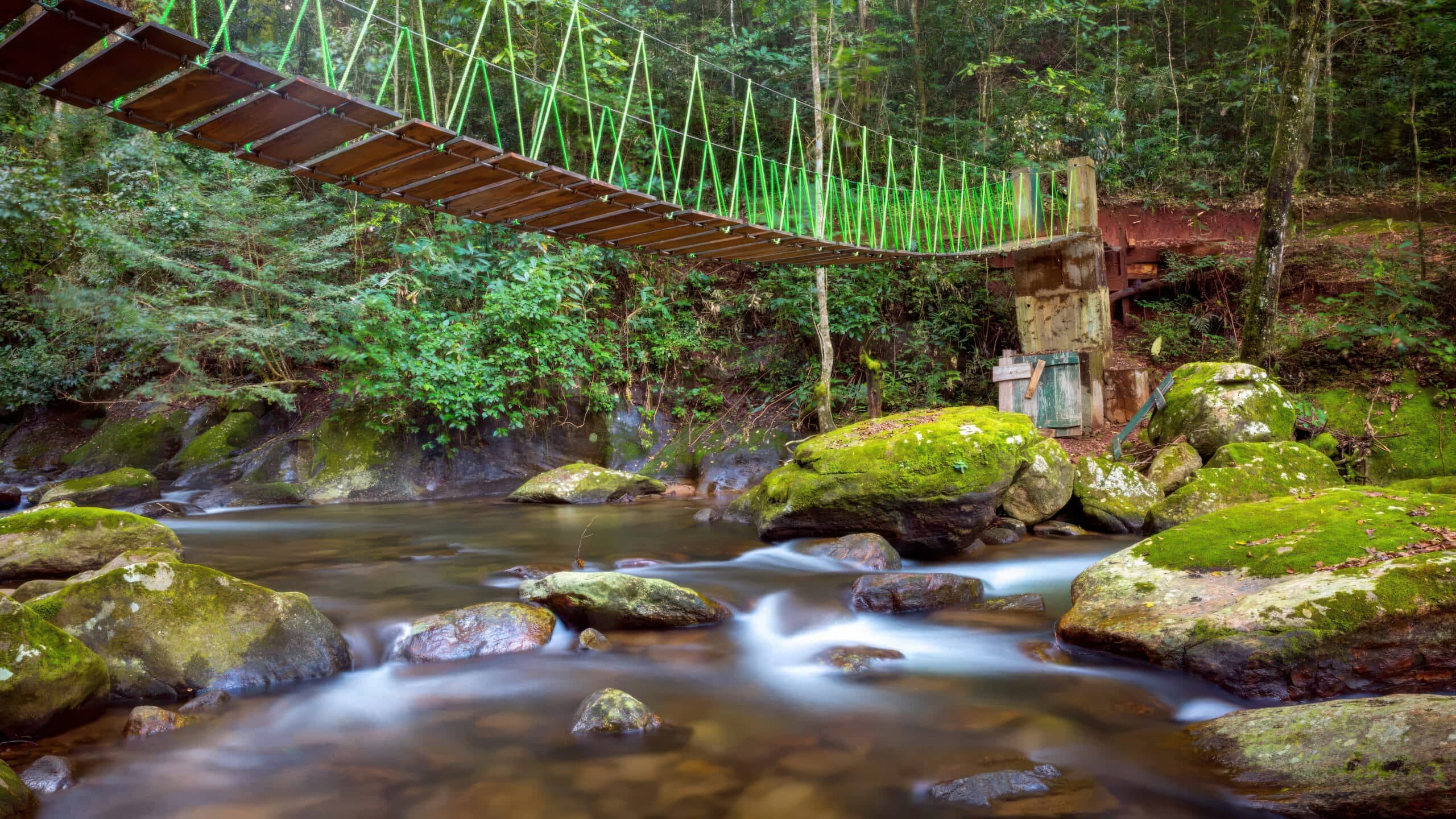
Udzungwa Mountains NP
Udzungwa Mountains National Park Brooding and primeval, the forests of Udzungwa seem positively enchanted: a verdant refuge of sunshine-dappled glades enclosed by 30-metre (100 foot)
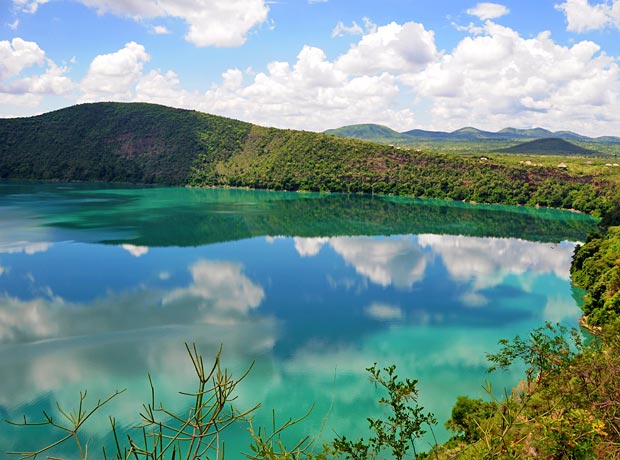
Lake Chala
Lake Chala Location: Eastern Tanzania, near the Kenya border and at the base of Mount Kilimanjaro.Description:A caldera lake with clear blue waters, known for its

Ruaha
Ruaha National Park The largest national park in Tanzania… Ruaha National Park is the largest national park in Tanzania. It covers an area of about
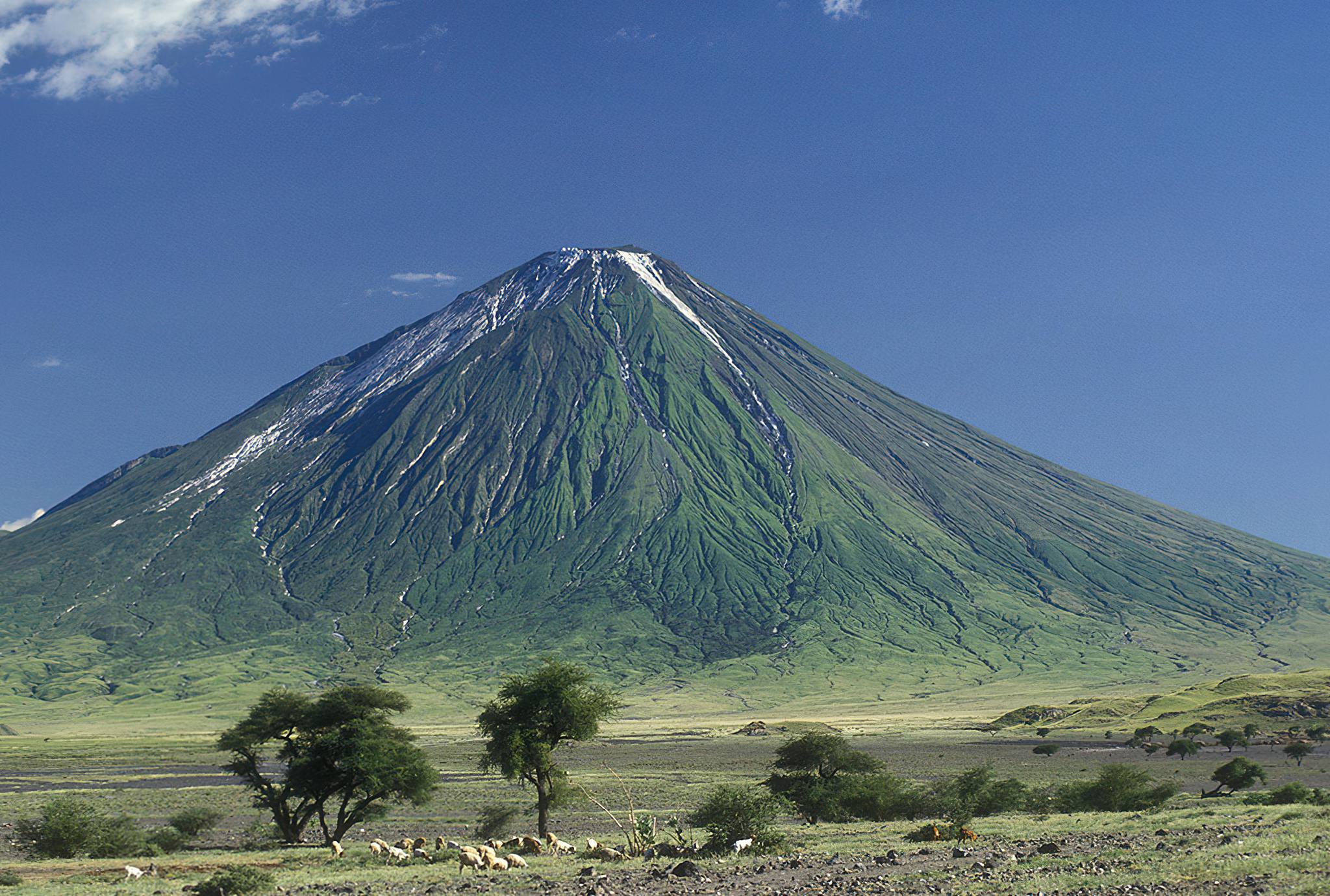
Ol Oldoinyo Lengai
Ol Doinyo Lengai Ol Doinyo Lengai, also known as the “Mountain of God,” is an active stratovolcano in northern Tanzania, near the southern shore of
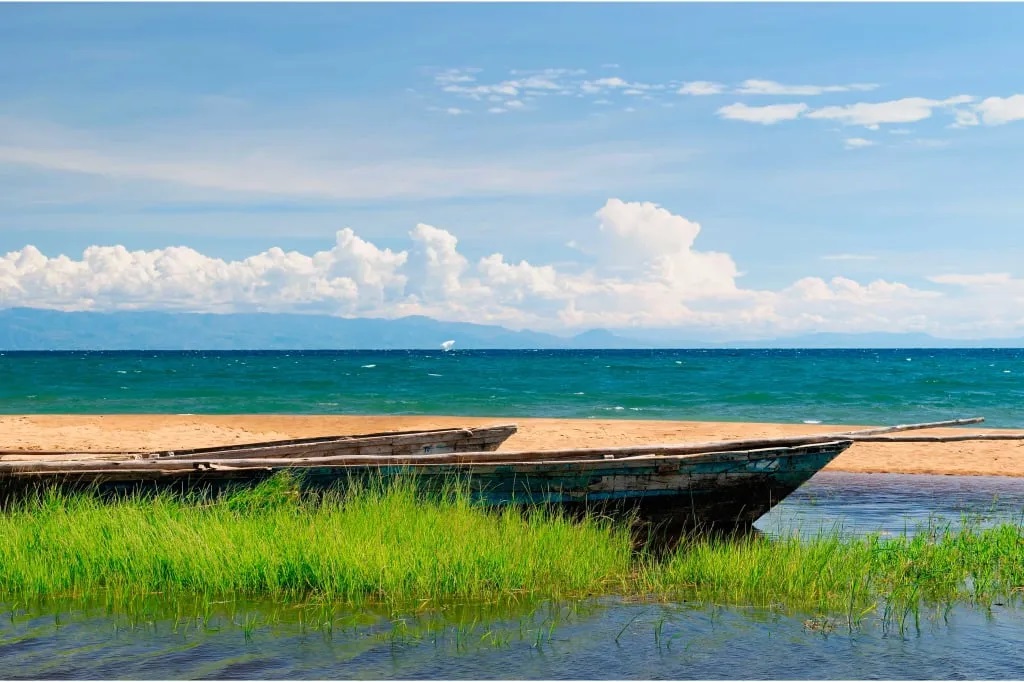
Lake Rukwa
Lake Rukwa Location:Southwestern Tanzania, near the border with Zambia.Description:A large, shallow lake that is seasonally influenced by rainfall.It supports local fisheries and is part of
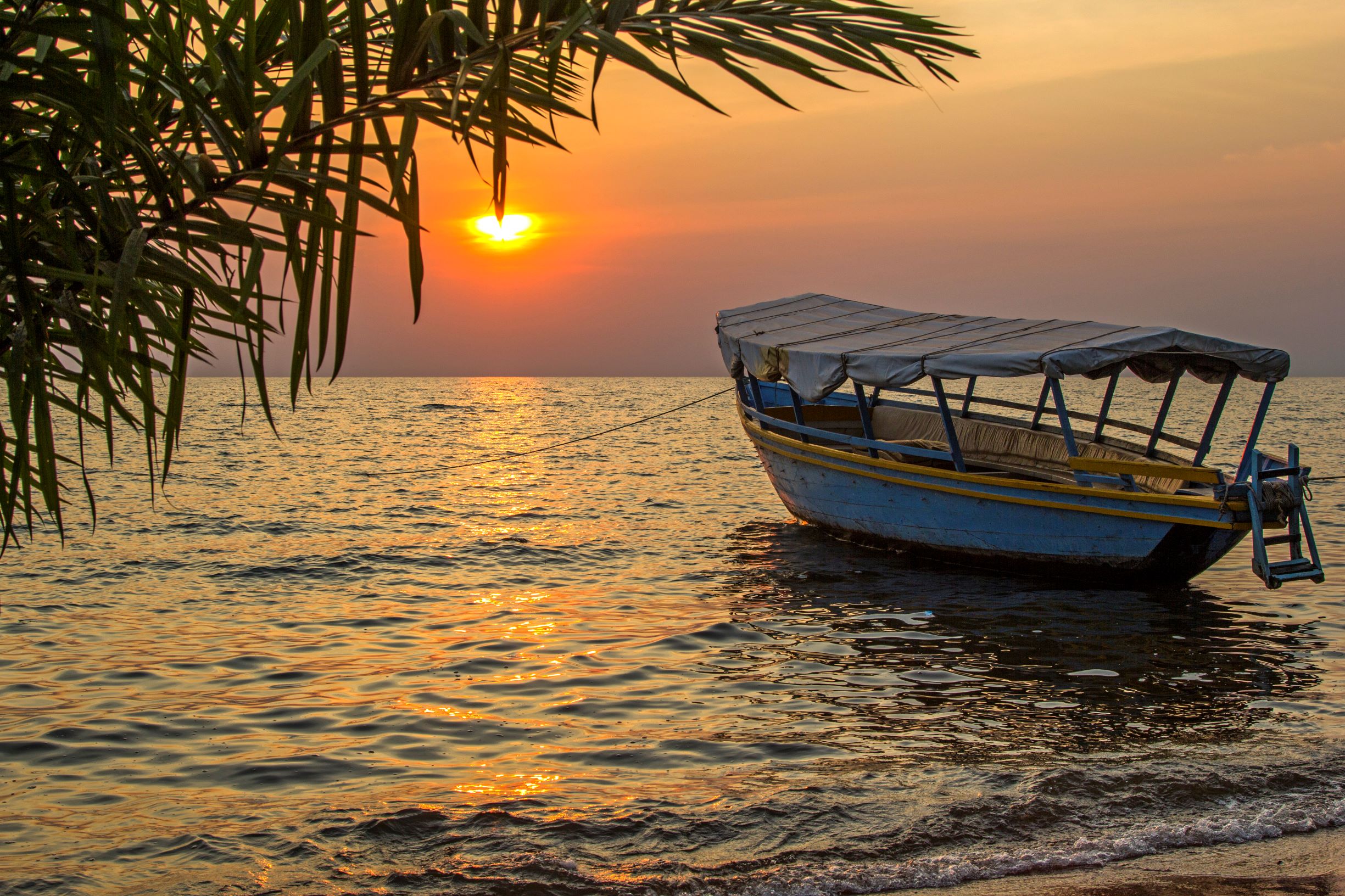
Lake Victoria
Lake Victoria Location:Northern Tanzania, extending into Uganda and Kenya.Description:The largest lake in Africa and the world’s second-largest freshwater lake by surface area.It is a crucial
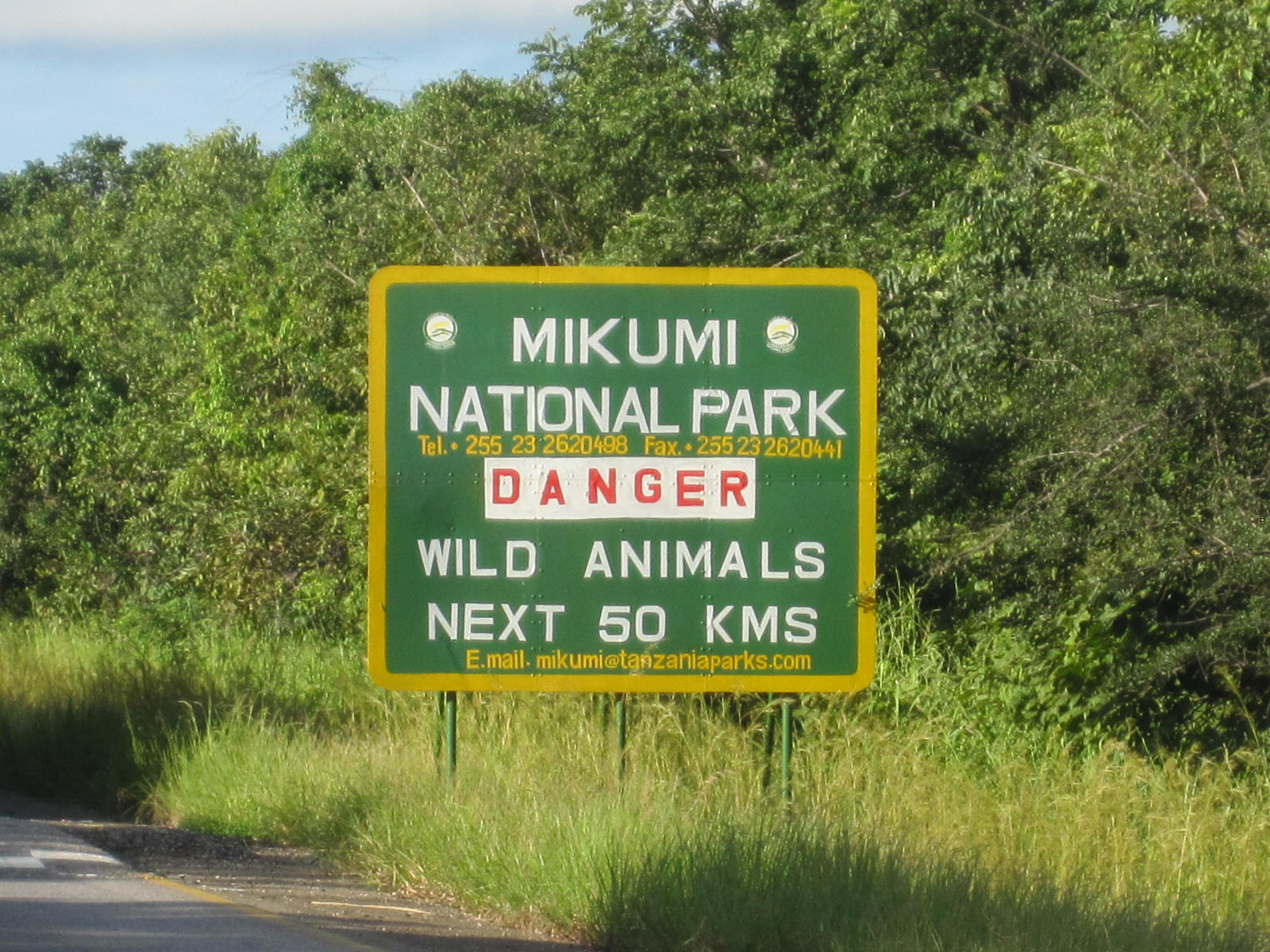
Mikumi National Park
Mikumi National Park Swirls of opaque mist hide the advancing dawn. The first shafts of sun colour the fluffy grass heads rippling across the plain
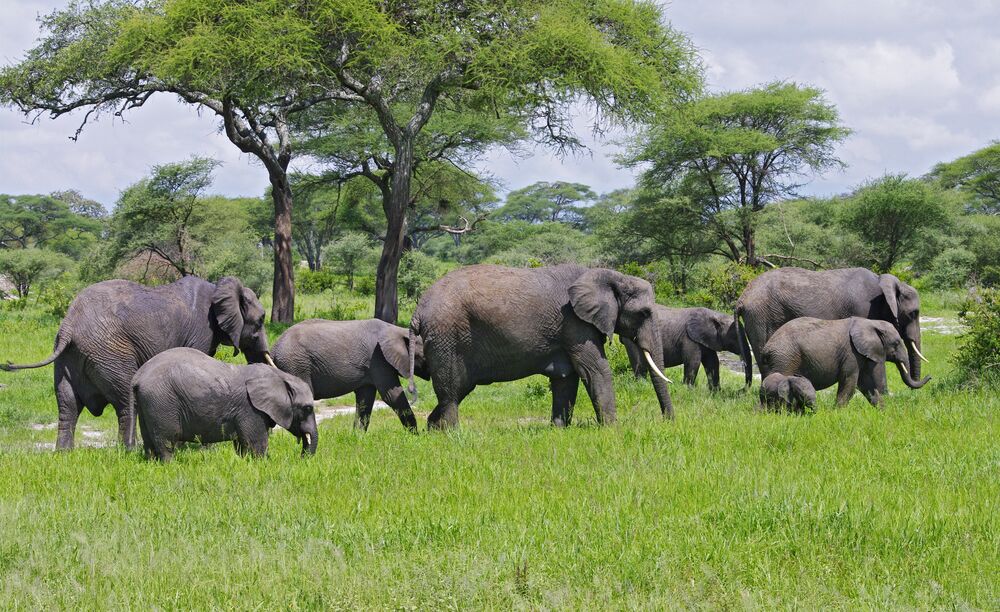
Tarangire
Tarangire National Park Home of the baobab trees…. The fierce sun sucks the moisture from the landscape, baking the earth a dusty red, the withered
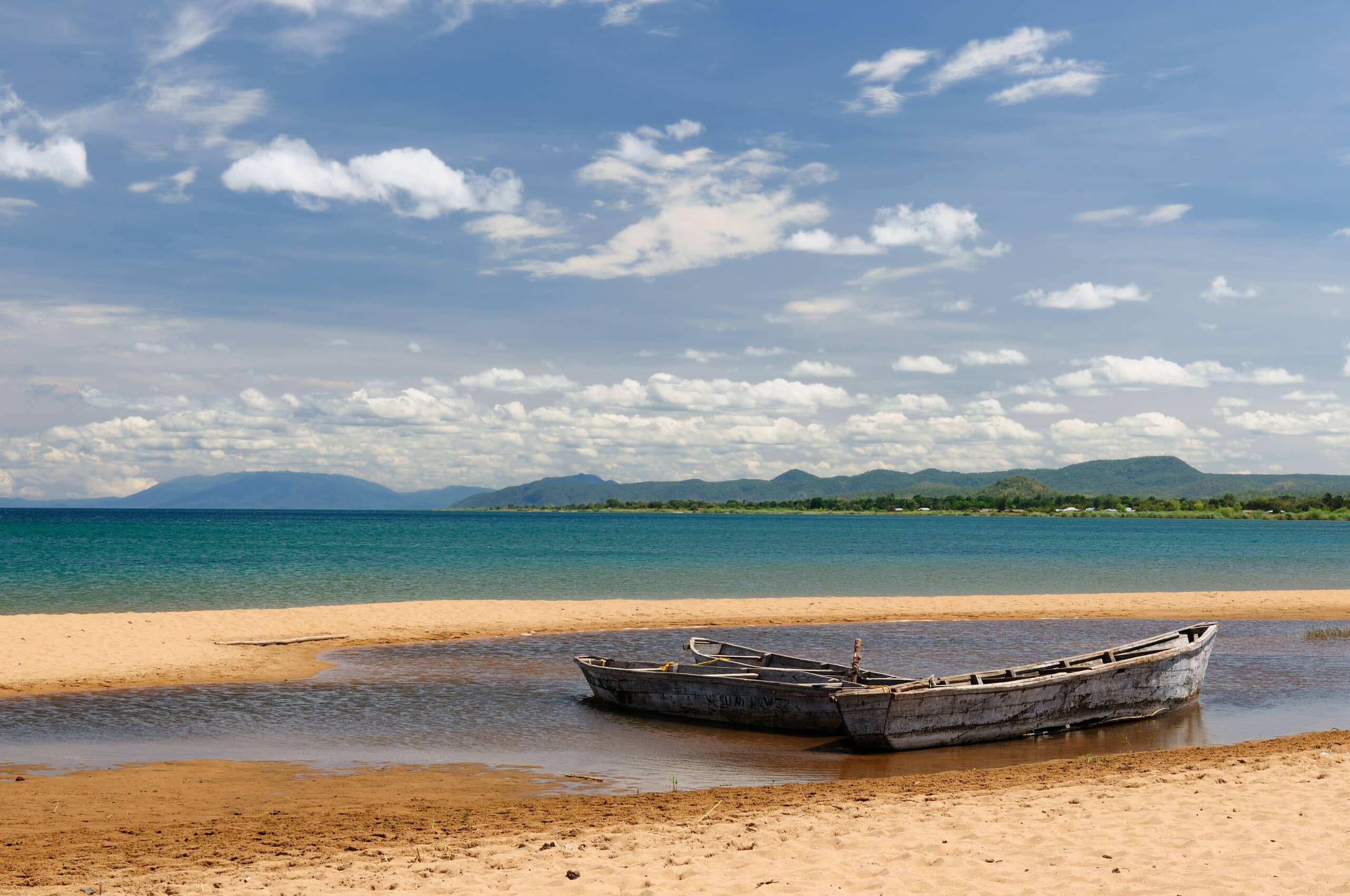
Lake Tanganyika
Lake Tanganyika Location:Western Tanzania, extending into Burundi, the Democratic Republic of Congo, and Zambia.Description:The world’s second-deepest lake and the longest freshwater lake.It is renowned for
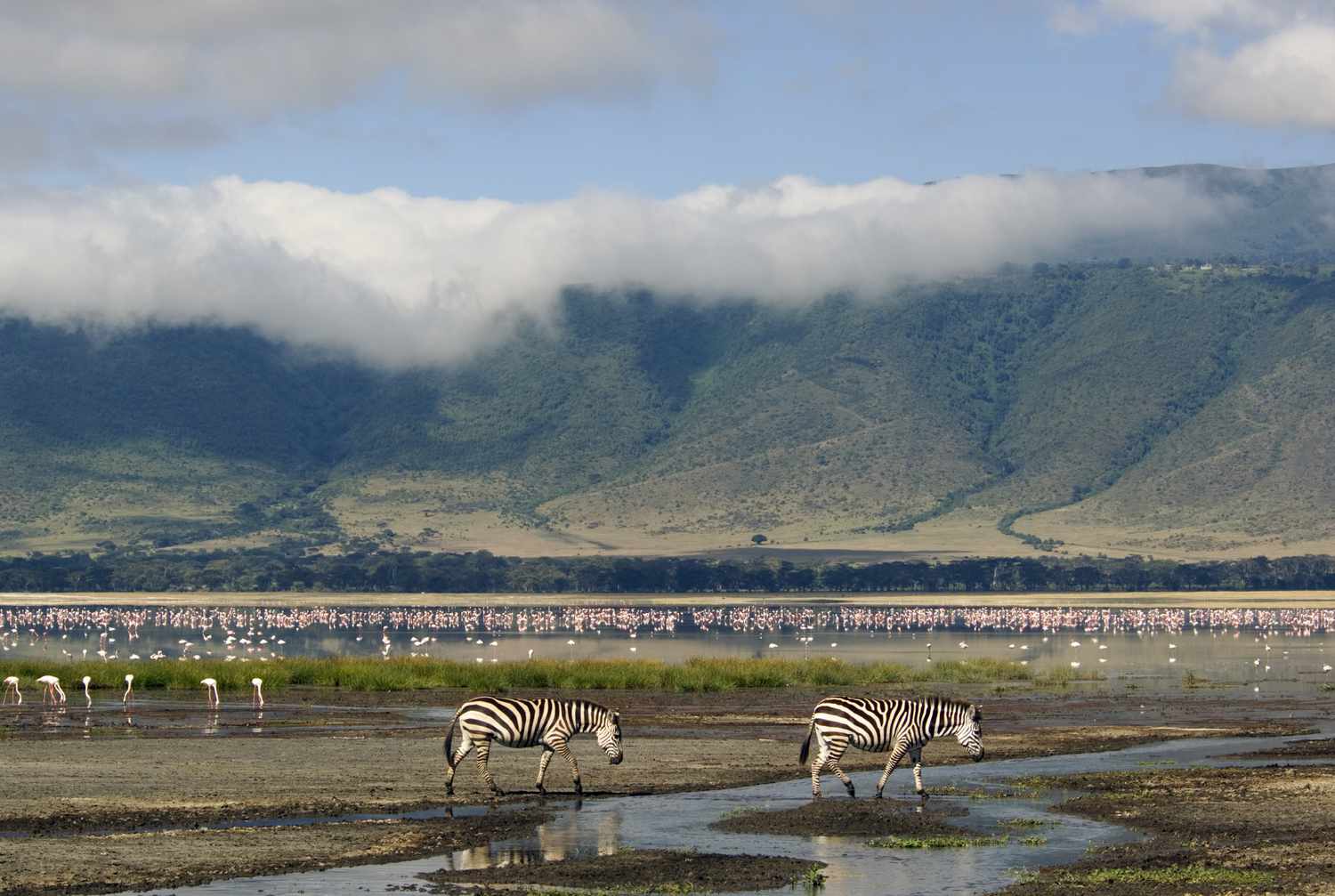
Ngorongoro
Ngorongoro National Park The Ngorongoro Crater is a breathtakingly beautiful setting and the best place in Tanzania to see the Big Five. However, as one
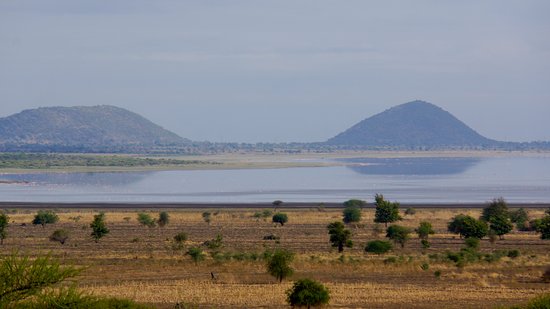
Lake Burungi
Lake Burungi Location:Northern Tanzania, northeast of Manyara National Park.Description:A smaller, less well-known lake, which also serves as an important site for local wildlife and bird
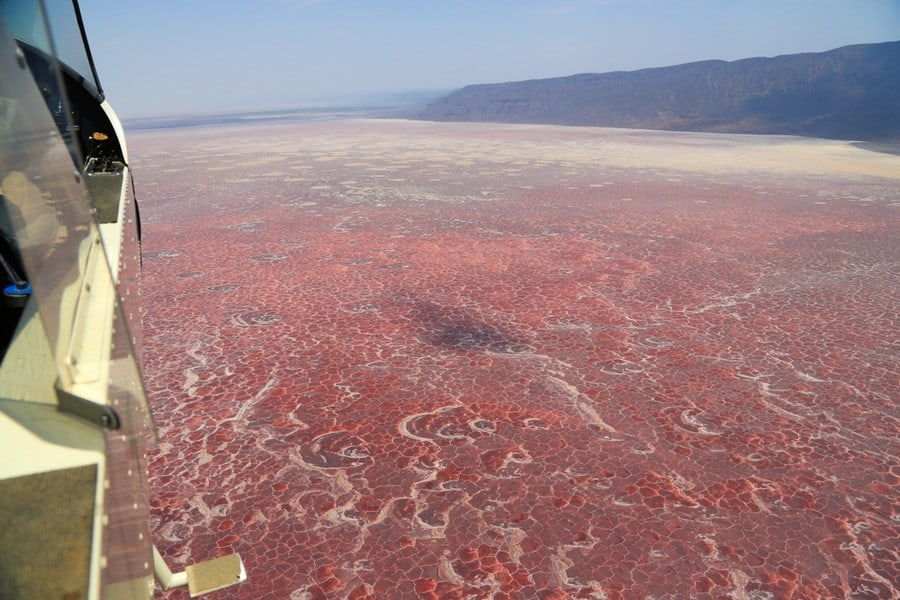
Lake Natron
Lake Natron Location:Northern Tanzania, near the Kenya border.Description: A highly alkaline lake known for its striking red coloration and unique, harsh environment.It is a breeding
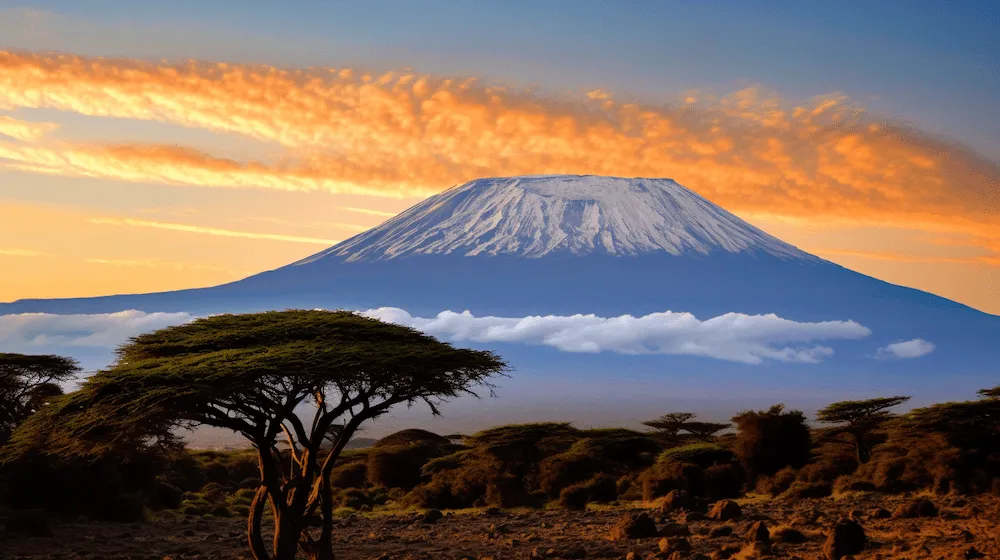
Mount Kilimanjaro
Kilimanjaro Mountain Climbing Overview of Mount Kilimanjaro: Elevation: 5,895 meters (19,341 feet). Location: Northern Tanzania, near the border with Kenya. Mountain Type: Stratovolcano.
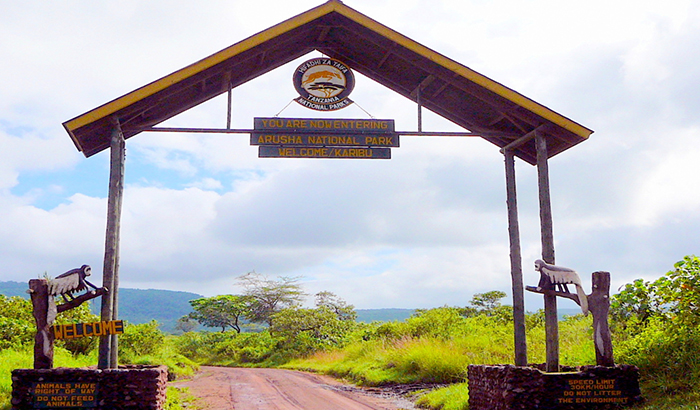
Arusha NP
Arusha National Park The hub for a northern safari… Activities: Cultural visits, subsistence farming communities, Safaris. Arusha National Park has a rich assortment of natural

Serengeti
Serengeti National Park Serengeti National Park (Serengeti) is located in northern Tanzania, best known for its abundance of animals and the great wildebeest migration. The
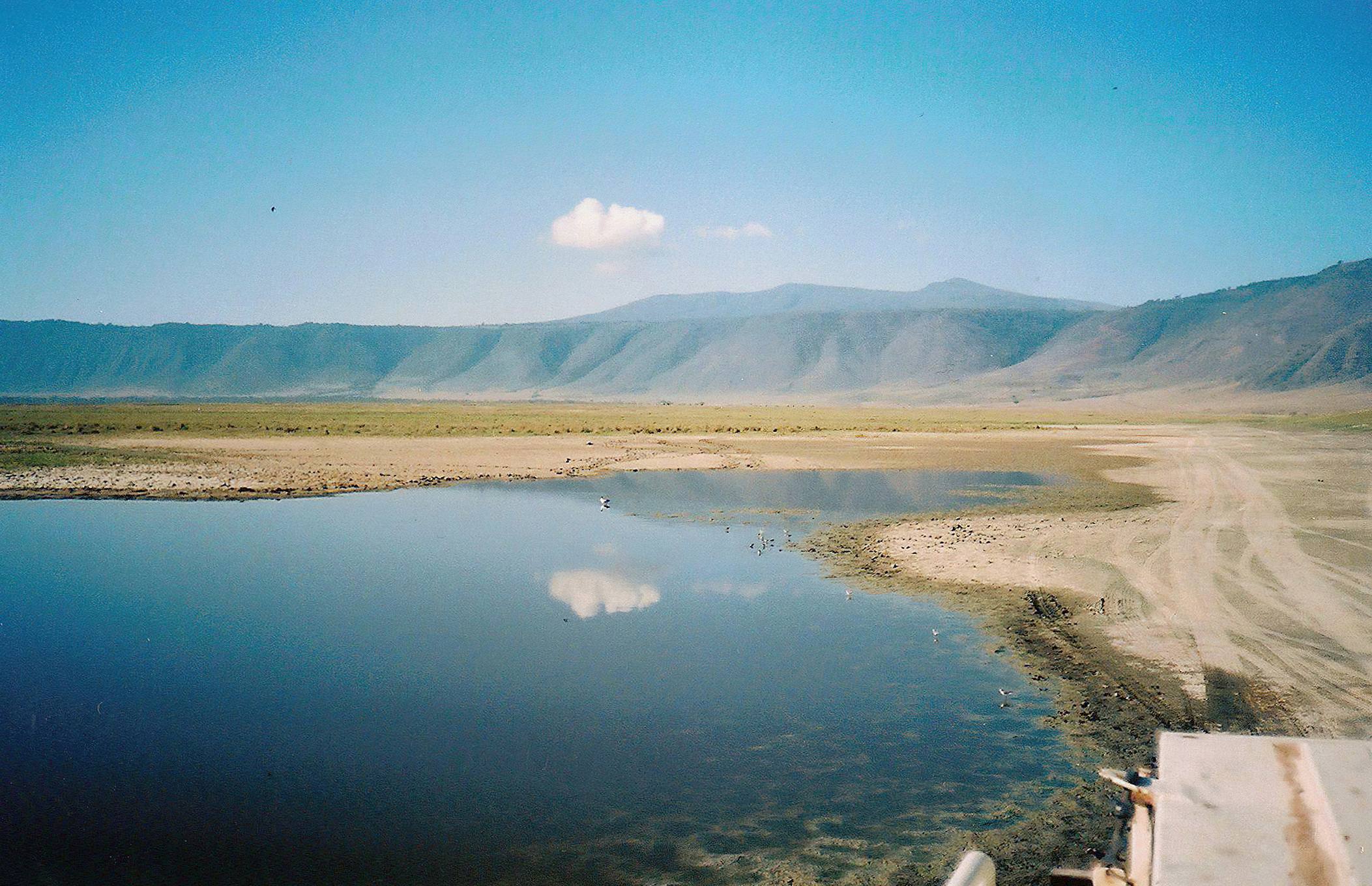
Lake Eyasi
Lake Eyasi Location:Northern Tanzania, near the Ngorongoro Crater.Description:A seasonal saltwater lake known for its unique ecosystem and as a habitat for the Hadza people, one

Lake Manyara
Lake Manyara National Park “the loveliest I had seen in Africa”. – Ernest Hemingway Lake Manyara, Tanzania stretches for 50km along the base of the
Zanzibar
Zanzibar Islands EXPLORE NOW STONE TOWN Stone Town is the historical center of Zanzibar City, the capital of the Zanzibar archipelago.As a primary trading post

Lake Manyara
Lake Manyara Location:Northern Tanzania, near the town of Mto wa Mbu and within Manyara National Park.Description:A shallow, alkaline lake famous for its birdlife, including flamingos.It

Udzungwa Mountains NP
Udzungwa Mountains National Park Brooding and primeval, the forests of Udzungwa seem positively enchanted: a verdant refuge of sunshine-dappled glades enclosed by 30-metre (100 foot)

Mikumi National Park
Mikumi National Park Swirls of opaque mist hide the advancing dawn. The first shafts of sun colour the fluffy grass heads rippling across the plain
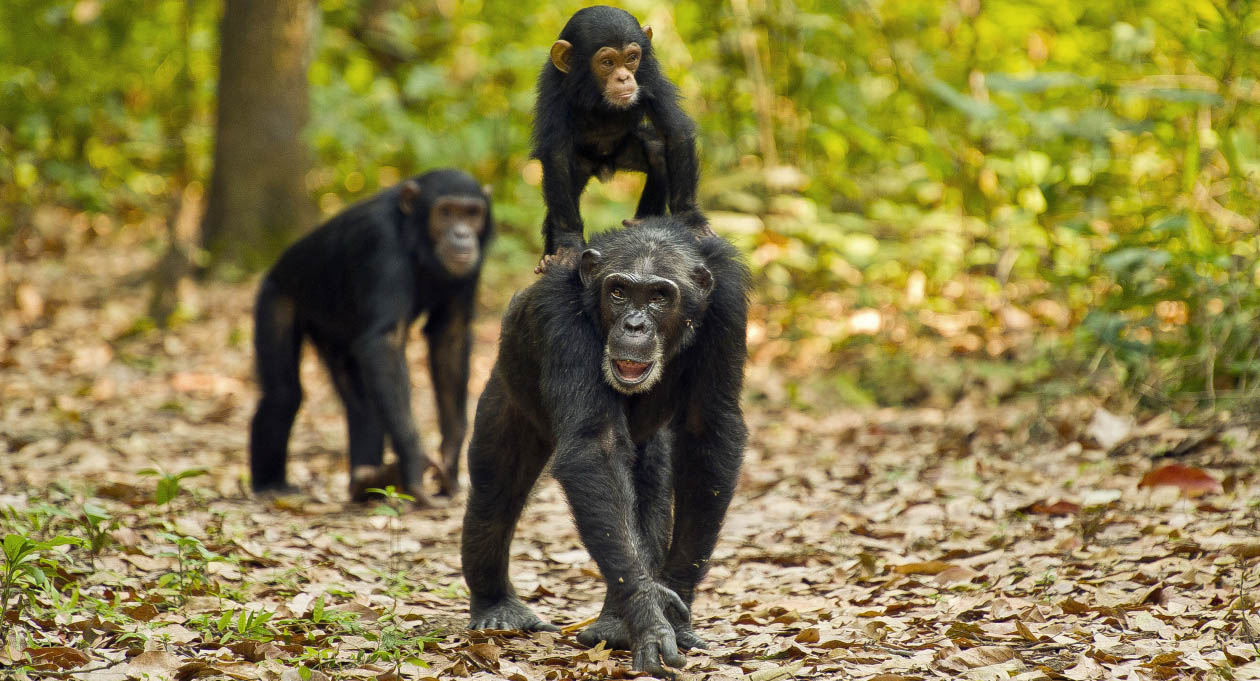
Gombe National Park
Gombe National Park An excited whoop erupts from deep in the forest… Gombe Stream National Park, an excited whoop erupts from deep in the forest,

Ruaha
Ruaha National Park The largest national park in Tanzania… Ruaha National Park is the largest national park in Tanzania. It covers an area of about

Lake Manyara
Lake Manyara National Park “the loveliest I had seen in Africa”. – Ernest Hemingway Lake Manyara, Tanzania stretches for 50km along the base of the

Arusha NP
Arusha National Park The hub for a northern safari… Activities: Cultural visits, subsistence farming communities, Safaris. Arusha National Park has a rich assortment of natural

Ngorongoro
Ngorongoro National Park The Ngorongoro Crater is a breathtakingly beautiful setting and the best place in Tanzania to see the Big Five. However, as one

Tarangire
Tarangire National Park Home of the baobab trees…. The fierce sun sucks the moisture from the landscape, baking the earth a dusty red, the withered

Serengeti
Serengeti National Park Serengeti National Park (Serengeti) is located in northern Tanzania, best known for its abundance of animals and the great wildebeest migration. The

Mount Meru
Mount Meru Mount Meru is a dormant stratovolcano located in Arusha National Park, Tanzania, about 70 kilometers west of Mount Kilimanjaro.It is the second-highest mountain

Ol Oldoinyo Lengai
Ol Doinyo Lengai Ol Doinyo Lengai, also known as the “Mountain of God,” is an active stratovolcano in northern Tanzania, near the southern shore of

Mount Kilimanjaro
Kilimanjaro Mountain Climbing Overview of Mount Kilimanjaro: Elevation: 5,895 meters (19,341 feet). Location: Northern Tanzania, near the border with Kenya. Mountain Type: Stratovolcano.

Lake Chala
Lake Chala Location: Eastern Tanzania, near the Kenya border and at the base of Mount Kilimanjaro.Description:A caldera lake with clear blue waters, known for its

Lake Burungi
Lake Burungi Location:Northern Tanzania, northeast of Manyara National Park.Description:A smaller, less well-known lake, which also serves as an important site for local wildlife and bird

Lake Natron
Lake Natron Location:Northern Tanzania, near the Kenya border.Description: A highly alkaline lake known for its striking red coloration and unique, harsh environment.It is a breeding

Lake Rukwa
Lake Rukwa Location:Southwestern Tanzania, near the border with Zambia.Description:A large, shallow lake that is seasonally influenced by rainfall.It supports local fisheries and is part of

Lake Eyasi
Lake Eyasi Location:Northern Tanzania, near the Ngorongoro Crater.Description:A seasonal saltwater lake known for its unique ecosystem and as a habitat for the Hadza people, one

Lake Manyara
Lake Manyara Location:Northern Tanzania, near the town of Mto wa Mbu and within Manyara National Park.Description:A shallow, alkaline lake famous for its birdlife, including flamingos.It

Lake Victoria
Lake Victoria Location:Northern Tanzania, extending into Uganda and Kenya.Description:The largest lake in Africa and the world’s second-largest freshwater lake by surface area.It is a crucial

Lake Tanganyika
Lake Tanganyika Location:Western Tanzania, extending into Burundi, the Democratic Republic of Congo, and Zambia.Description:The world’s second-deepest lake and the longest freshwater lake.It is renowned for
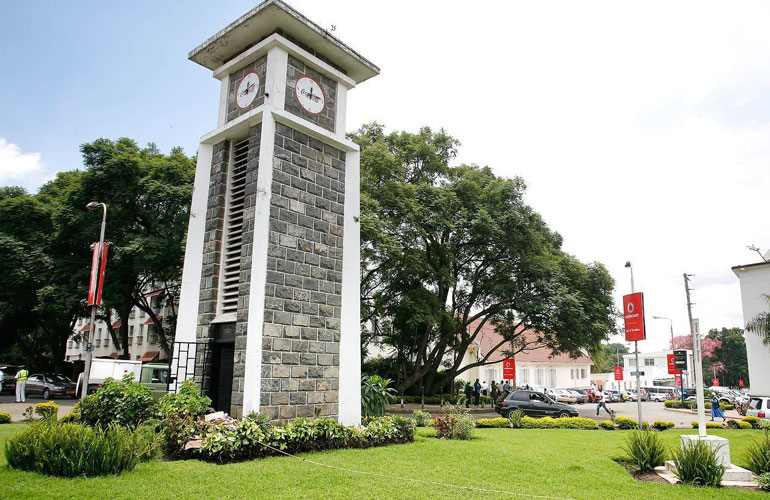
Arusha
Why Visit?The gateway to Tanzania’s iconic safaris, surrounded by lush landscapes and towering mountains. Must-See: Trek Mount Meru and explore Arusha National Park. Immerse yourself in culture at

Dar es Salaam
Why Visit?Tanzania’s largest city is a lively mix of cultures, cuisines, and coastal beauty. Must-See: Relax on the pristine Bongoyo & Mbudya Islands. Explore history at the National


